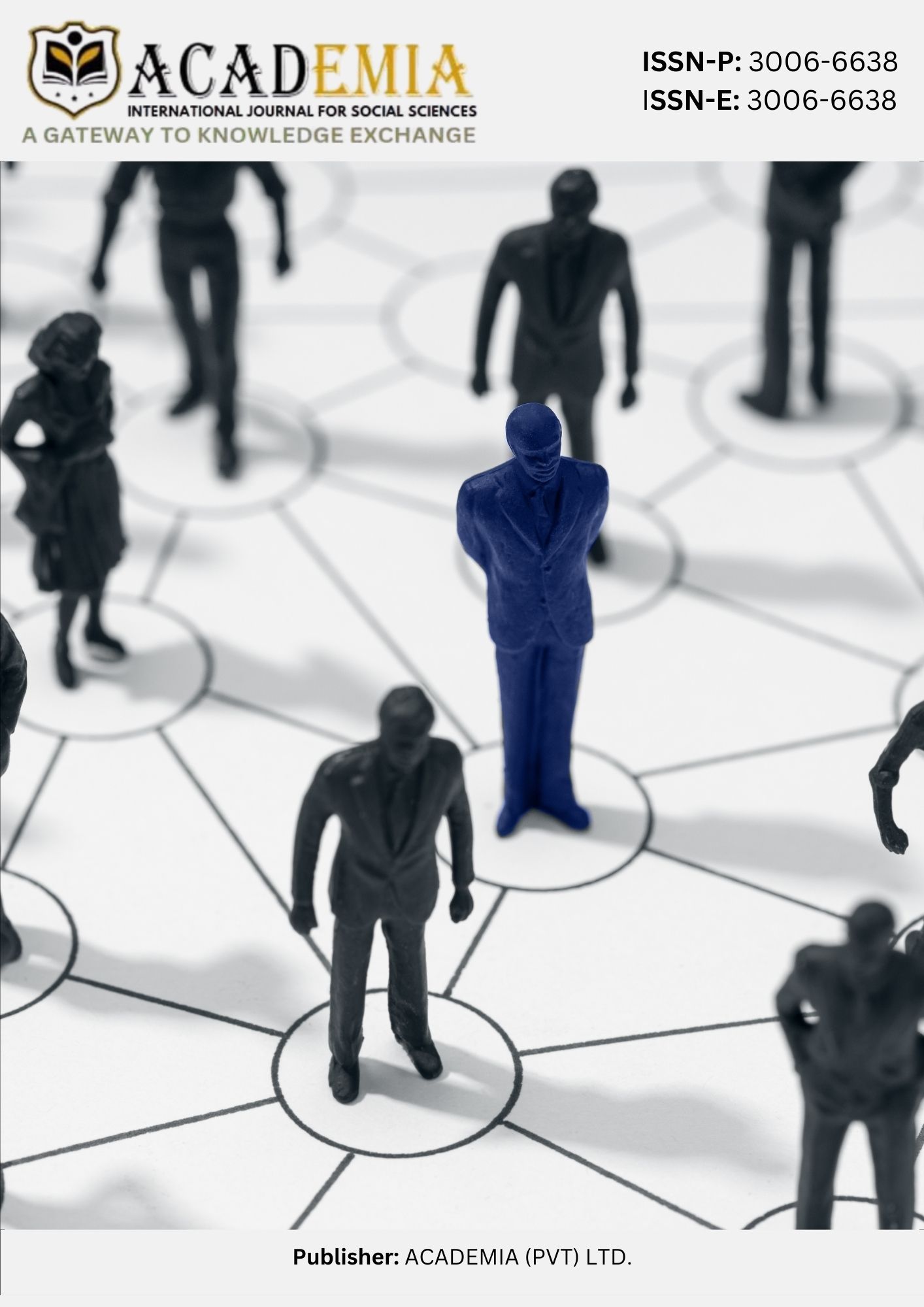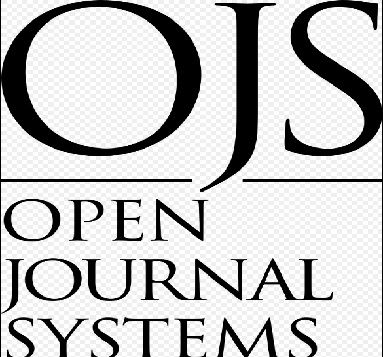Terror, Identity, and Narrative: Constructing the Other in Kamila Shamsie’s Home Fire
DOI:
https://doi.org/10.63056/Keywords:
Post-9/11, Othering, Identity, Diaspora, Radicalization, Citizenship, Narrative, Cultural IdentityAbstract
Kamila Shamsie’s Home Fire offers a profound and nuanced exploration of identity, belonging, and marginalization in the post-9/11 world. This study employs Postcolonial Theory and Stuart Hall’s Cultural Identity Theory to examine how the novel constructs and negotiates Muslim identities under the pervasive influence of global terrorism, state surveillance, and Western securitization. Through the intertwined lives of Aneeka, Parvaiz, and Isma, Shamsie investigates the conflicts between personal loyalty, familial obligation, and societal suspicion, illustrating how individual subjectivities are shaped and constrained by political and cultural narratives. The research pays particular attention to the novel’s narrative strategies, character development, and moral dilemmas, showing how these literary techniques foreground the experiences of diasporic communities and the complexities of radicalization. Ultimately, Home Fire exposes the human cost of stereotyping, Islamophobia, and social exclusion, while demonstrating literature’s capacity to question dominant discourses, provoke critical reflection, and foster empathy in a fractured post-9/11 world.
Downloads
Published
Issue
Section
License
Copyright (c) 2025 Mati ur Rahman, Ihtesham Ul Haq, Asif Khan (Author)

This work is licensed under a Creative Commons Attribution 4.0 International License.












